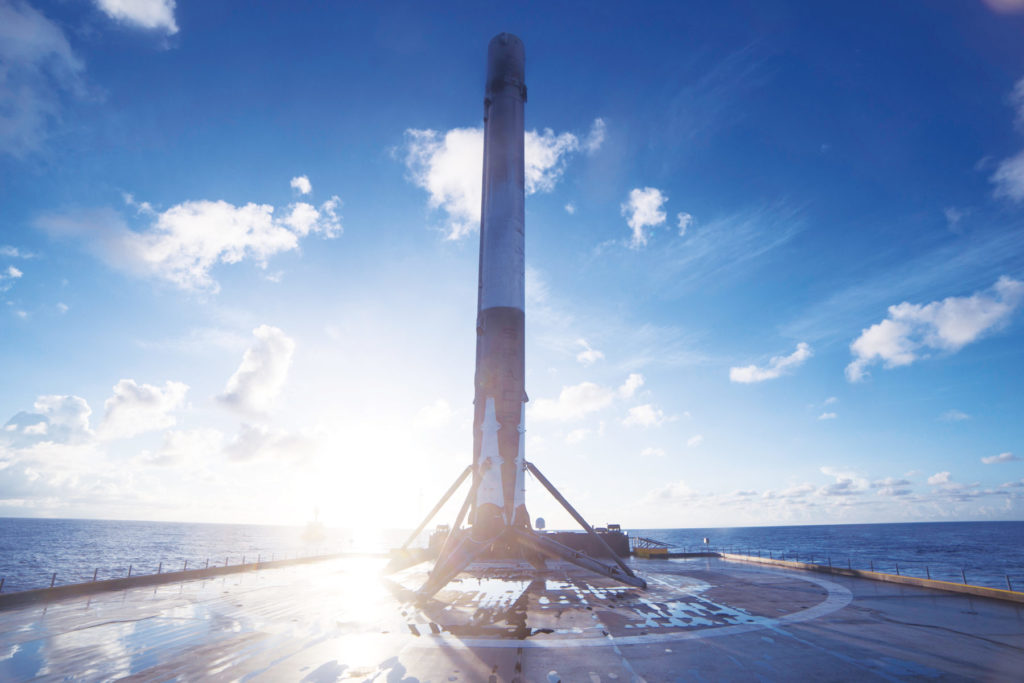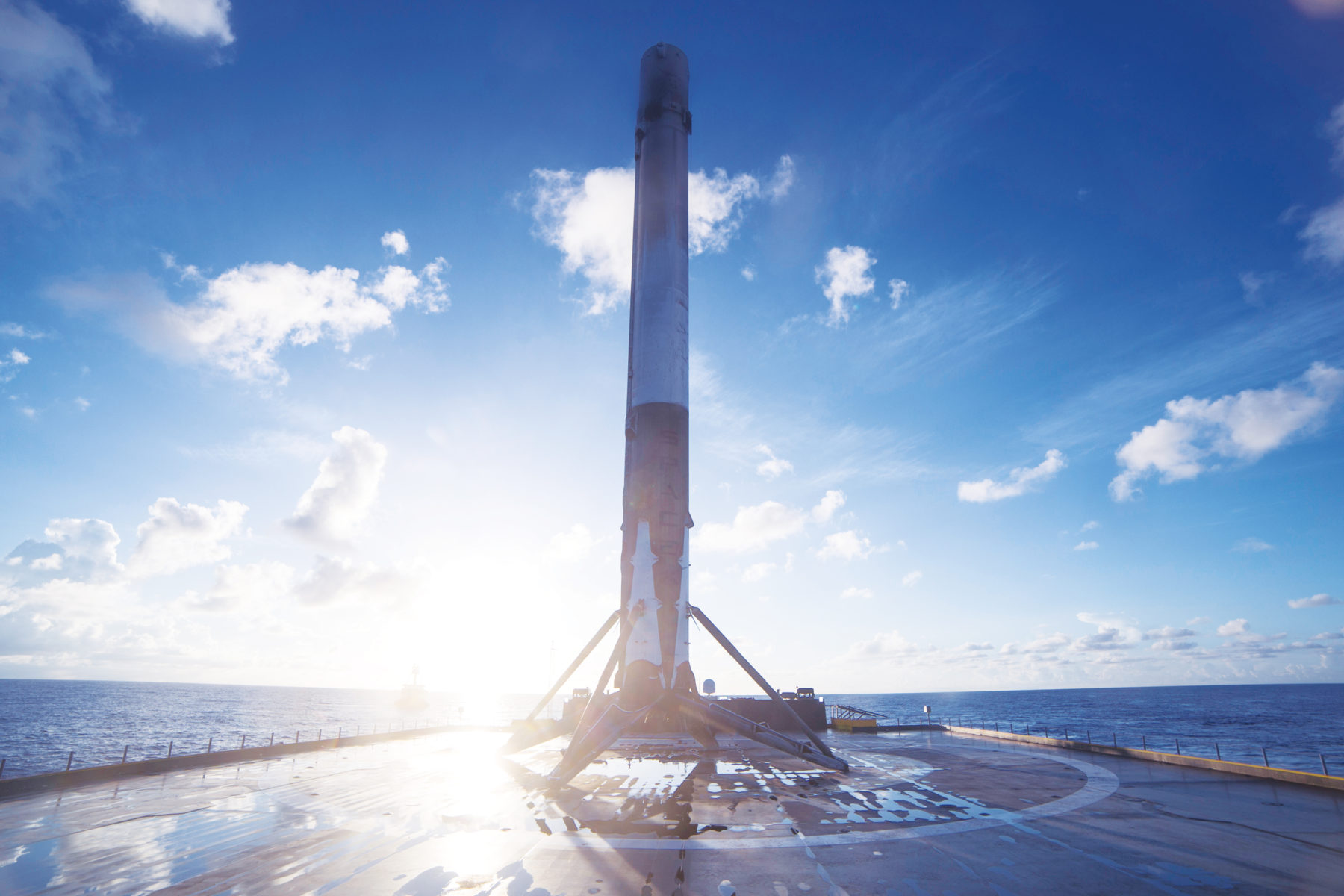The revolutionary success of SpaceX is no secret—engineers are successfully launching Falcon 9 into space and landing it safely back on Earth, bringing us closer to Elon Musk’s goal of commercial space travel than ever before. Having surpassed the expectations of sceptics who did not believe a safe, passenger-ready rocket could be produced from the many initial explosions and disasters, Musk proved once again that he can achieve exactly what he sets out to do.
But he has once again made a fantastic claim that has science and space fanatics in a frenzy. Musk wants to make intercontinental rocket travel a thing.

At the end of a speech regarding the progress of SpaceX, Musk alluded to a new way of using his rockets to travel here on Earth, getting you anywhere in the world in under an hour. A rocket flight from New York to England would take about thirty minutes, while a flight from New York to China would take roughly an hour. In a usual Silicon Valley claim, this type of travel would be available to everyone since it would hardly cost more than the average airline ticket. There are, however, many technical details that make the project seem, well, absurd.
Reaching Any City—At 18,000 Miles Per Hour
Musk proposes using his forthcoming mega-rocket, named Big F*cking Rocket, to lift passengers into orbit around the Earth and back down again. Landing ports would be located at sea outside major cities, much like his Mars travel concept, which passengers will reach by boat. At 18,000 miles per hour, this would be the fastest Earth travel ever created. That means the average person might have a hard time dealing with the flight experience. Blast off would require an acceleration of 2 to 3 G’s of force which Musk says will feel like a moderate amusement park ride followed by a “smooth, peaceful, and silent” trip in zero gravity until landing.
Could People Actually Survive a Flight?
Critics think this will feel more like an extreme amusement park ride, followed by a long-lasting, zero-gravity period that feels just like a total free-fall. Not quite a relaxing ride that the average person would be willing to try. Brian Weeden, Director of Program Planning for Secure World Foundation, went so far as to say, “The acceleration and the G-forces for both the launch and the re-entry would kill people.”
As far as Musk’s cost claims, it’s hard to imagine how a seat on BFR would cost anything close to a commercial airplane ticket when planes stay in operation for about 10,000 flights as opposed to a rockets’ 100. Not to mention, piloting an inter-orbital rocket full of men, women, and children would be a very demanding job that leaves the door wide open for human error.
Nevertheless, we are reminded that Musk has made what seemed to be impossible happen before. By 2024 he will be bringing commercial passengers to Mars and back again. So, while he may not see Earth travel via rocket come to fruition in his lifetime, he’s sure to push the boundaries of science and bring us pretty close.







